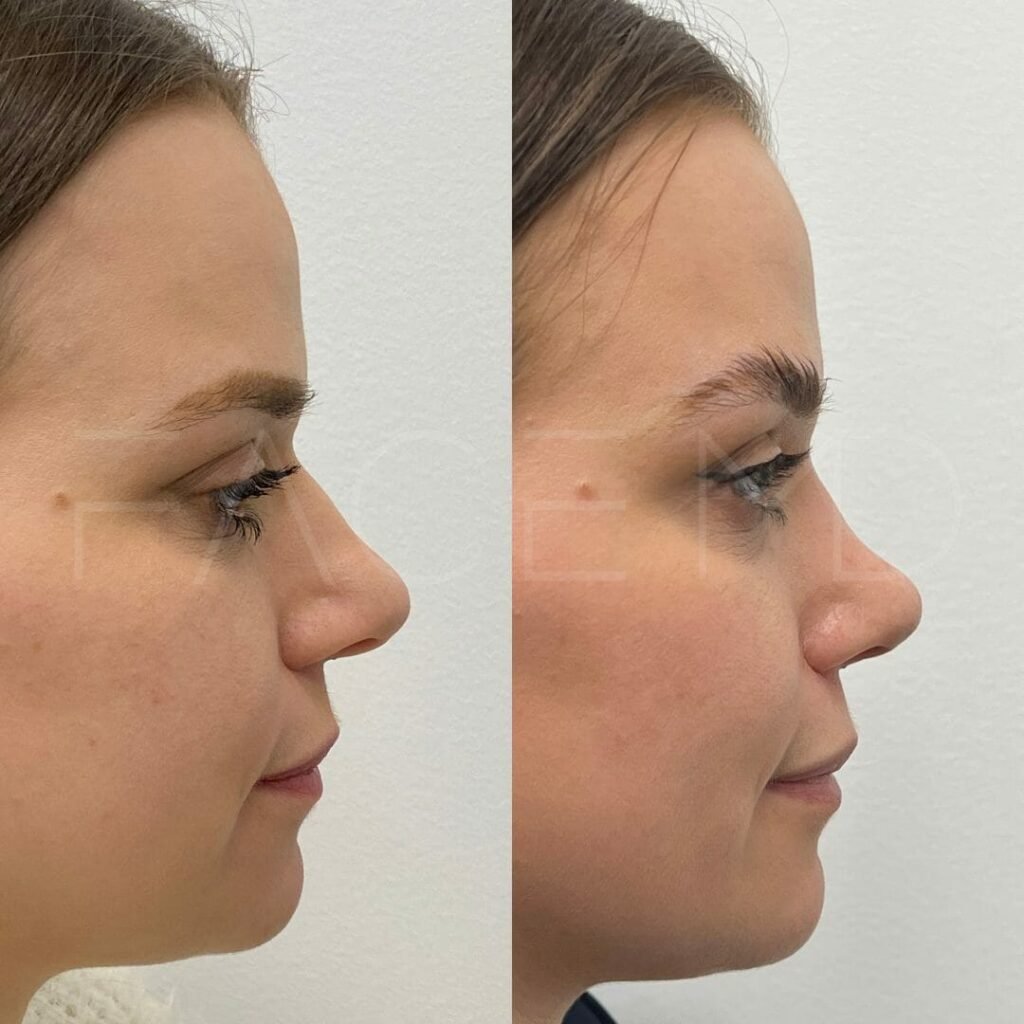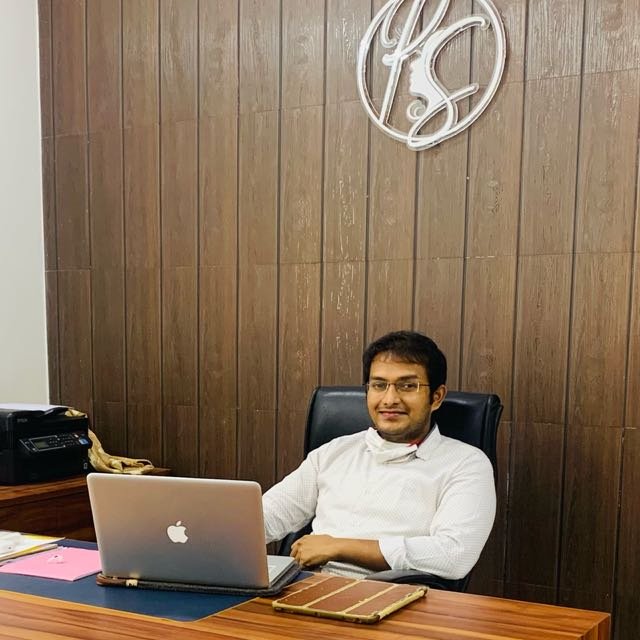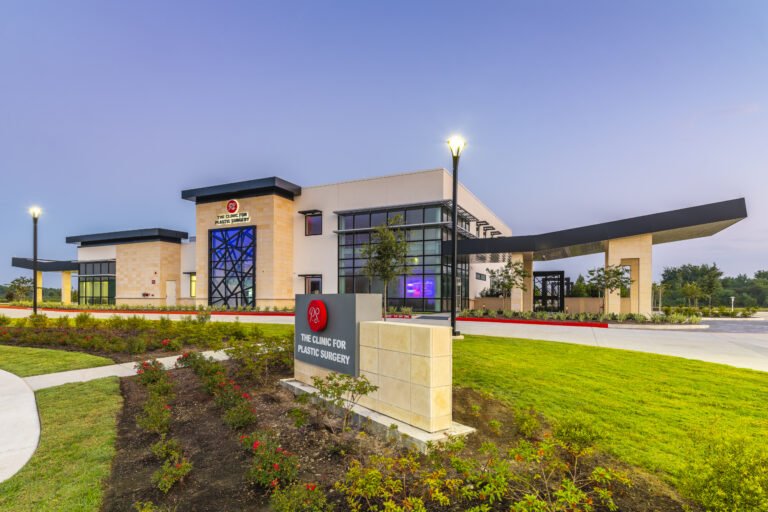The Deep Plane Facelift is becoming the gold standard for facial rejuvenation—especially in Korea, where cosmetic surgery innovation meets world-class precision. But what makes this advanced facelift technique the top recommendation among Korean plastic surgeons for patients seeking natural and long-lasting results?
In this post, we’ll explore why expert surgeons in Korea prefer the deep plane approach, how it compares to other facelift types, and what it means for long-term facial harmony and anti-aging results.
🇰🇷 The Korean Approach to Facial Aesthetics
Korean plastic surgeons are globally renowned for:
- Precision and artistry
- Minimally invasive yet transformative techniques
- Emphasis on natural-looking outcomes
This philosophy perfectly aligns with the deep plane facelift, which focuses on repositioning the deeper facial layers rather than merely tightening the skin.
🧬 What Is a Deep Plane Facelift?
Unlike traditional SMAS (Superficial Musculoaponeurotic System) lifts that pull or trim the superficial layers, the deep plane facelift:
- Releases and repositions the ligaments and muscles beneath the SMAS layer
- Avoids excessive skin tension
- Lifts the midface, jowls, and nasolabial folds in one cohesive unit
This leads to results that look more natural and youthful, with less risk of the dreaded “pulled” or overdone appearance.
🔍 Why Korean Surgeons Recommend the Deep Plane Facelift
1. Superior Longevity of Results
Most Korean surgeons recommend the deep plane facelift because:
- It repositions sagging tissues at their anatomical root
- Results can last 10–15 years, compared to 5–7 years with SMAS lifts
- There’s less relapse of jowls and midface sagging over time
👉 For patients seeking a single, transformative lift with lasting effect, this is the ideal choice.
2. More Natural, Youthful Contour
Korean aesthetics emphasize:
- Balanced facial proportions
- Gentle transitions (no sharp lines or hollow cheeks)
- Preservation of ethnic identity
Because the deep plane lift elevates the face without skin tension, it maintains:
- Fullness in the cheeks
- A soft jawline
- Smooth nasolabial folds
3. Minimal Visible Scarring
Deep plane facelifts are designed for concealed incisions:
- Hidden in the hairline and natural ear creases
- Less tension on the skin = better scar healing
- Korean surgeons often combine it with regenerative treatments like PRP or stem cell therapy to optimize healing
This is particularly appealing to international patients concerned about visible signs of surgery.
4. Enhanced Midface Rejuvenation
One of the reasons Korean surgeons prefer the deep plane technique is its ability to:
- Elevate the midface and nasolabial area, which other techniques often ignore
- Restore the “OG curve” (the youthful arc from cheek to jawline)
- Eliminate the need for separate cheek implants or fillers
5. Less Need for Revision or Additional Treatments
While other facelift techniques may require:
- Fillers for volume
- Threads for lifting
- Additional tightening after a few years
Deep plane lifts offer a more comprehensive and lasting solution, minimizing future interventions.
🧪 Science + Art: Why Korea Excels at Deep Plane Facelifts
Korean surgeons are often trained in:
- Anatomical dissection labs for deeper understanding of facial nerve and muscle planes
- Advanced 3D simulation technology for pre-surgery planning
- Hybrid procedures combining deep plane with fat grafting, neck lifts, and skin resurfacing
This holistic approach is a key reason why Korea has become a global destination for facial rejuvenation.
👩⚕️ Patient Profiles Ideal for Deep Plane Facelifts
Korean surgeons typically recommend deep plane facelifts for:
- Patients aged 40–70 with moderate to severe sagging
- Individuals with strong bone structure and good skin elasticity
- Those seeking one-time, long-term correction over short-term fixes
- Patients who want to avoid the “done” or “tight” look
📊 Deep Plane vs. SMAS vs. Mini Facelift: A Quick Comparison
| Feature | Deep Plane | SMAS | Mini Facelift |
|---|---|---|---|
| Longevity | 10–15 years | 5–7 years | 2–5 years |
| Target Areas | Midface, jowls, nasolabial folds | Lower face | Jawline only |
| Natural Look | ⭐⭐⭐⭐⭐ | ⭐⭐ | ⭐ |
| Recovery Time | 2–3 weeks | 1–2 weeks | 5–7 days |
| Ideal For | Long-term correction | Mild sagging | Early aging signs |
🧳 Planning a Trip to Korea for a Deep Plane Facelift?
Many Korean clinics offer:
- Virtual consultations
- Medical tourism packages
- English-speaking coordinators
- Hotel and post-op recovery services
If you’re considering flying to Korea for a deep plane facelift, I can help you prepare a travel checklist, compare clinics, or book your virtual consultation.



